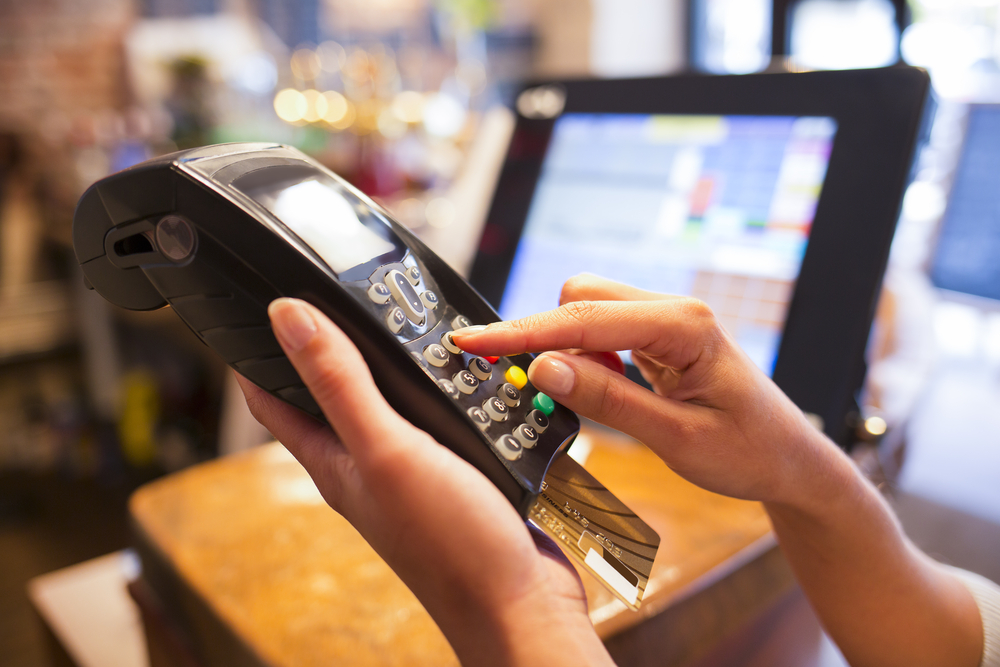What Does POS Staging Mean?
POS upgrades can have a major impact on the fortunes of a retail business. The quality of the POS system you run affects the efficiency of your whole business, and is a key factor in the customer experience you deliver. Getting an upgrade right matters.
But POS installations don’t just happen. In a recent post, we offered five tips for making your next POS upgrade project a success. As a follow up to that, we thought it would be timely to zero in on one particular part of the POS installation process – staging.
Staging is essentially a preparatory process that involves modelling an installation in a test environment and putting the whole process through a dry run. POS projects can cover everything from setting up a single checkout terminal to major tech infrastructure projects that bring dozens of different end points onto a network across multiple locations.
The bigger and more complex POS installations are, the more moving parts they involve, the more scope there is for something to go wrong during roll out. It’s here that staging comes into its own, as it offers a chance to spot issues and iron out kinks in advance.
What does POS staging entail?
There are typically four steps to the staging phase of a POS project:
- Hardware setup: This involves readying and configuring all the physical components of the POS system, like terminals, scanners, printers, kiosks, tablets and more.
- Software installation: Even in the age of cloud-based POS software, there are still platforms and applications that need to be run on every device, such as the operating system, firmware, network drivers etc.
- Configuration and customization: There’s no such thing as a truly ‘out of the box’ POS platform because every business is unique. As an absolute minimum, you will need to set up user accounts and configure permissions, as well as create/upload product catalogs from your inventory database. Many businesses want a level of customization above and beyond this to make sure their POS system reflects their specific needs.
- Testing: Once everything is configured, the final and arguably most important part of staging is testing everything. This might involve simulating transactions, testing integrations with other systems (like inventory management), and making sure everything functions as expected.
Staging takes place in a replica environment. This means the set up and testing takes place before any installation in store. The replica environment can either be a physical set-up of all the component parts in the system. Or, increasingly, virtual environments are used where software simulations of the desired POS system, including virtualized ‘images’ of POS hardware, are run on a computer server. This offers flexibility and eliminates the need for physical space.
At RTG, we run both physical and virtual staging in tandem from our world-class facility that has allowed our dedicated staging team to develop a complete single source approach to system integration. Combining the speed and analytical accuracy of virtual testing with the nuance of physical testing, particularly in assessing hardware interactions, allows us to maximize system functionality before, during and after installation.
Please get in touch to find out more.
Latest News

KEEP IN TOUCH
NEWSLETTER SIGN UP
| Products | Customer Portal | Contact | About Us |
1663 Fenton Business Park Court,
Fenton, MO 63026




